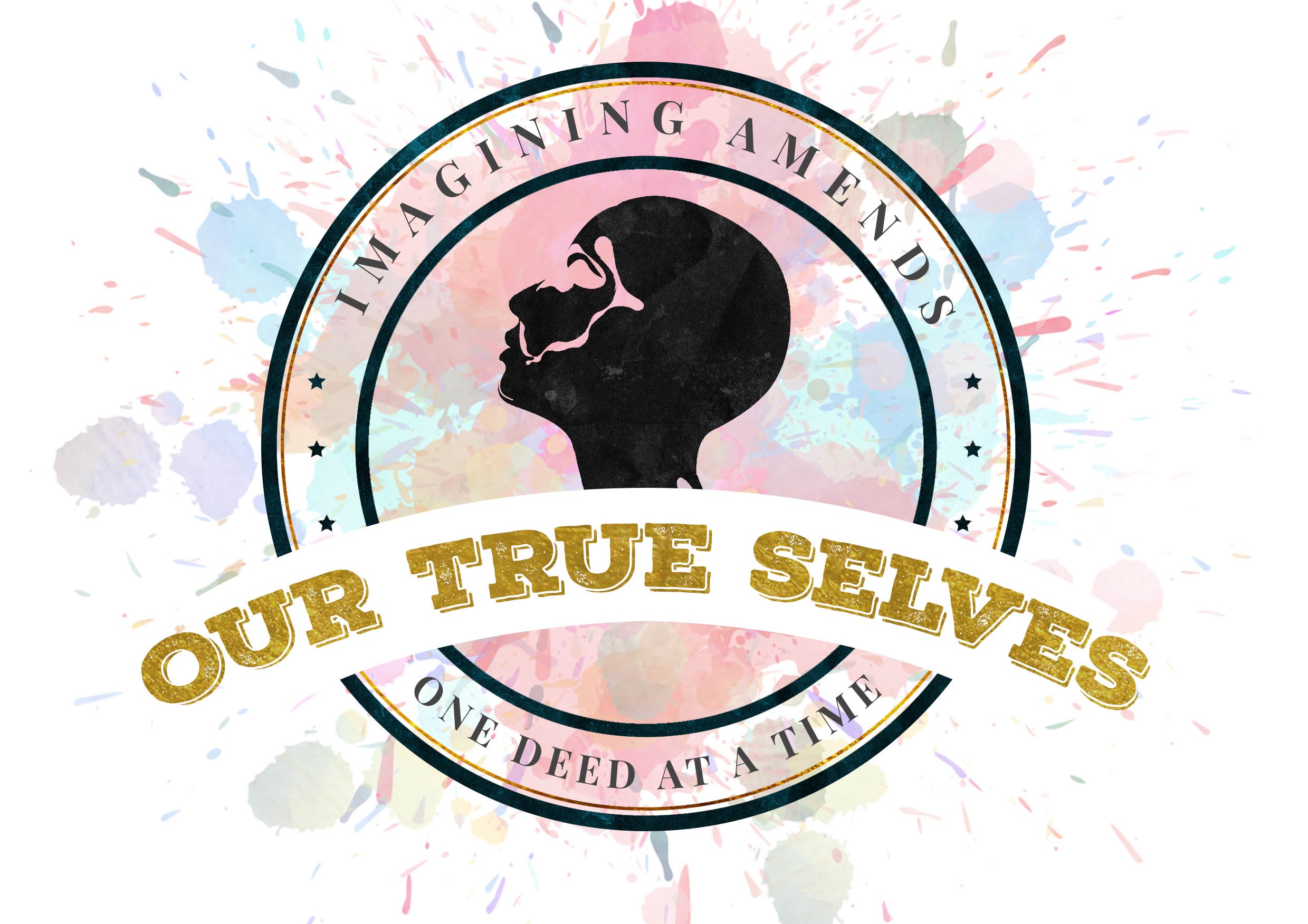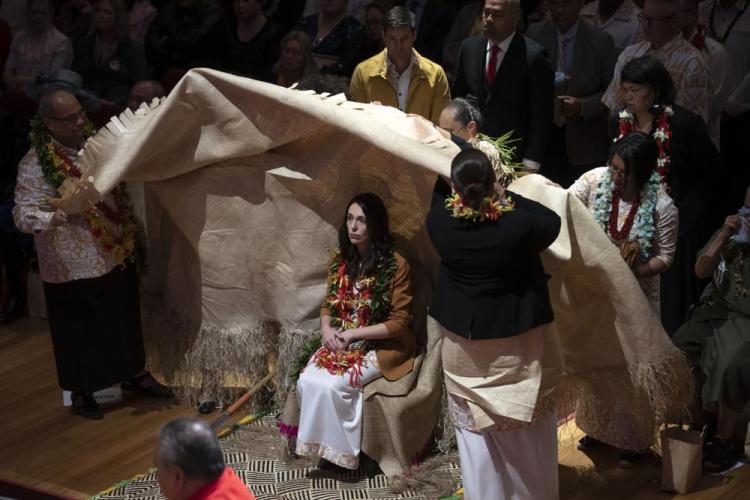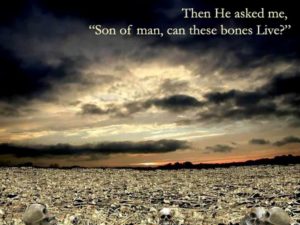The Story
On Sunday, August 1, 2021, New Zealand Prime Minister Jacinda Ardern apologized to the Pasifikas people for the “Dawn Raids” of the 1970s. This was a government campaign to hunt down immigrants who overstayed their visas. Most of them were Australians and Americans. But only Pasifikas were targeted for deportation.
After her remarks, Pasifika representatives performed a traditional Samoan penitential rite called Ifoga. It involved covering her with a large ceremonial mat, during which of course she disappeared for a few seconds. When the cover was lifted and the participants embraced her, a crowd of several hundred wept.
Tongan Princess Mele Siu’ilikutapu Kalaniuvalu Fotofili said, “We are grateful to your government for making the right decision to apologize. To right the extreme, inhumane, racist and unjust treatment, specifically against my community, in the Dawn Raids era.” In addition she called for further reform of current immigration policies. (Brett Phibbs/New Zealand Herald)
Source: Josh Thomas for Daily Office Radio (https://eastdailyoffice.wordpress.com/2021/08/01/morning-prayer-2-8-21-an-ordinary-monday/ardern-apologizes-to-pasifikas-8-1-21-brett-philbbs-nz-herald/#main)
How Do We Know When Righting a Wrong Works?
When the American philosopher Josiah Royce coined the term, “beloved community” in the early 1900s, he had in mind not simply a community that does no wrong. In the tradition of American pragmatism, Royce understood that avoiding wrongs is pragmatically impossible. When the idea of beloved community was popularized in the 1960s by Martin Luther King, Jr., he also applied it during a time of righting wrongs. Retrieving Royce’s original description of such a community remains key. Notice his focus on reclaiming our loyalty to one another by finding appropriate means to correct our mistakes, to repair our misdeeds, and to right our wrongs as we inevitably betray one another.
“No baseness or cruelty of treason so deep or so tragic shall enter our human world, but that loyal love shall be able in due time to oppose to just that deed of treason its fitting deed of atonement.
Josiah Royce, The Problem of Christianity (1913)
Evidently the community concerned in this New Zealand news story experienced their President’s ritual apology as a “fitting deed of atonement.” Here we have a case study of finding a “fitting deed of atonement.” What makes such an act effective and satisfying to its community of reference? One researcher suggests that “engaging in indigenous or religious rituals may be more valuable in promoting reconciliation than victims voicing their traumas, or perpetrators making confession.” (Lyn Graybell, “The South African Truth and Reconciliation Commission (TRC): A Case Study in Political Forgiveness,” H-Net Reviews, September 2005) More broadly, another observer focused on the requirements of “Creating a New Story” by means of “Ritual, Ceremony and Conflict Transformation between Indigenous and Settler Peoples.” She concluded:
“Indigenous rituals and cosmologies, once outlawed by the institutions of settler peoples, offer resources for healing & reconciliation between members of indigenous communities and descendants of settlers.”
Dr. Polly Walker, Chapter 4 in Performance and Peacebuilding in Global Perspective: Working Outline (August, 2007)
“Loyal love” seeks to restore relationships that have been betrayed or violated by applying just such deeds of correction, redress or repair. Let’s add this New Zealand case to our archive of imagining amends . . . one deed at a time!



